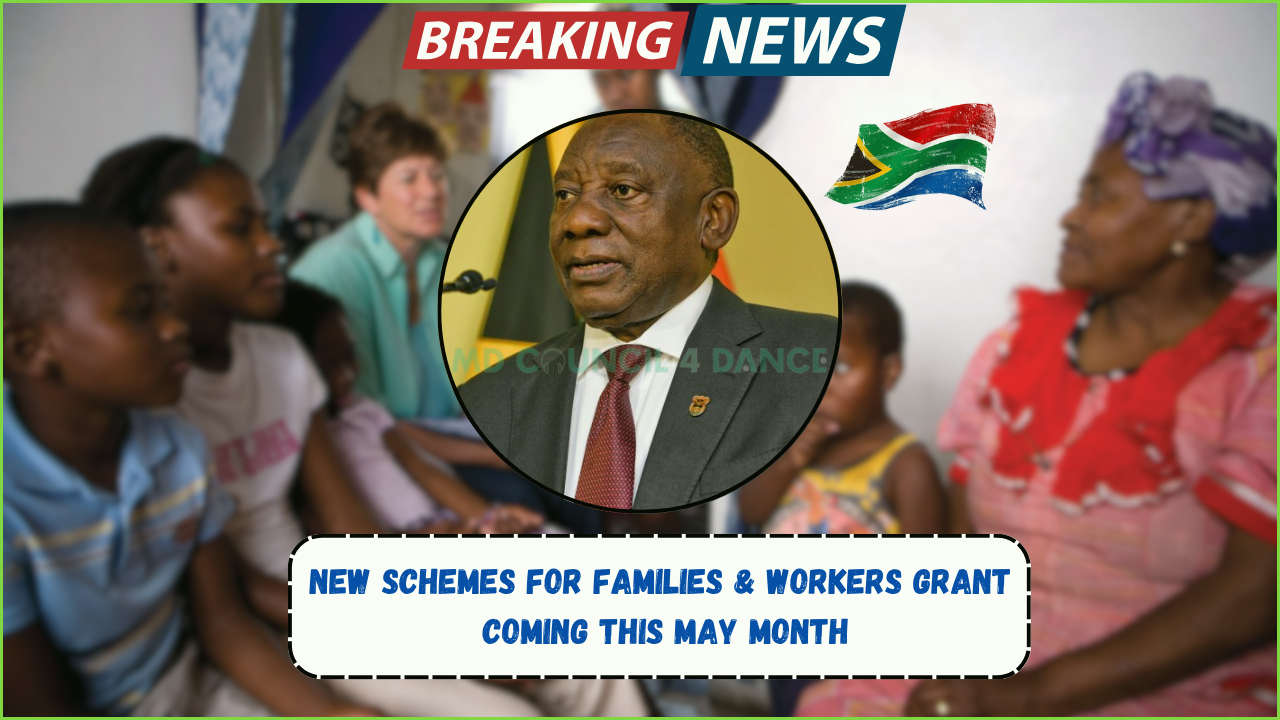SA Living Drops Cost – The South African government has taken a bold step to ease financial pressure on households and workers. In response to rising inflation and the economic burden on low- to middle-income earners, new cost-of-living relief schemes have been rolled out starting May 2025. These schemes target essential areas like food, transport, energy, and childcare, offering much-needed financial support.
With the latest relief packages and subsidy programs, citizens can expect reduced daily expenses, direct cash support, and greater access to government services. Here’s everything you need to know about the schemes, eligibility, how to apply, and what savings you can expect.
What Triggered the SA Living Drops Cost?
South Africa has been battling with increasing food prices, rising utility bills, and stagnant wages. The government’s latest intervention is designed to stabilize household finances and stimulate economic activity through strategic subsidies and financial assistance.
Key highlights behind the decision include:
- Soaring fuel and transport prices since early 2024.
- Unemployment pressures and reduced purchasing power.
- Rising cost of electricity and basic groceries.
- Need to support families, pensioners, and informal workers.
Overview of the New Government Support Schemes
Several new programs are now available under the cost-of-living relief initiative. These aim to offer both cash transfers and subsidy-based support to low- and middle-income families, unemployed individuals, and eligible workers.
Main Schemes Rolled Out in May 2025:
- Food Basket Subsidy Program for essential groceries.
- Transport Voucher Scheme for daily commuters.
- Energy Relief Rebate for electricity and gas.
- Childcare & Education Grant for families with school-going children.
- Wage Support for Informal Workers in urban and rural areas.
- Extended UIF Payments for recently unemployed individuals.
- Small Farmer Input Assistance to boost local food production.
Benefits Breakdown: How Much Can You Save or Earn?
Here is a breakdown of the expected monthly relief from the new programs:
| Scheme Name | Benefit Type | Monthly Value | Eligibility Group | How to Apply |
|---|---|---|---|---|
| Food Basket Subsidy | Grocery discount | R450 – R750 | Families under R6,000 income | Apply via www.gov.za/foodsubsidy |
| Transport Voucher Scheme | Taxi/Bus credit | R300 – R500 | Daily commuters | Available on MobilitySA App |
| Energy Relief Rebate | Electricity credit | R350 – R600 | All prepaid users | Register on www.energyrebate.org.za |
| Childcare & Education Grant | Cash support | R500/child | Parents with school kids | Linked to SASSA system |
| Informal Workers Support | Monthly cash aid | R1,000 | Self-employed/contract workers | Apply via Department of Labour site |
| UIF Extension | Unemployment support | Up to R3,500 | Recently unemployed | File claim on www.ufiling.gov.za |
| Farmer Input Assistance | Farming supplies aid | Up to R2,000 | Small-scale farmers | Sign up on www.agric.gov.za |
Eligibility & Required Documents
To apply for any of the above schemes, you must be:
- A South African citizen or permanent resident.
- Residing in South Africa with a valid ID.
- Able to provide income proof or social grant status.
Common documents required include:
- South African ID or Smart Card.
- Proof of residence (utility bill or lease).
- Bank account details.
- Income certificate or UIF records.
- Child birth certificates (for family schemes).
How to Apply for Cost of Living Support Schemes
The application process is simple and mostly digital to ensure accessibility across provinces. Most schemes can be accessed via the respective department portals or mobile applications.
Steps to Apply:
- Visit the official government website linked to the scheme.
- Log in using your ID number or create a new profile.
- Upload the necessary documents.
- Select the scheme(s) you qualify for.
- Submit and track application via dashboard or SMS alerts.
You can also visit your nearest Post Office, SASSA center, or municipal office for assisted application services.
How These Schemes Affect Your Monthly Budget
The combined impact of these schemes could lower an average household’s expenses by over R2,500 per month.
| Expense Type | Previous Avg Cost (Monthly) | After Govt Relief | Savings |
|---|---|---|---|
| Groceries | R3,200 | R2,500 | R700 |
| Transport | R1,200 | R800 | R400 |
| Electricity | R950 | R500 | R450 |
| School Expenses | R1,000 | R500 | R500 |
| Total Relief Value | R2,050 – R2,500 |
Key Government Departments & Contact Details
For further assistance or queries, here are the direct lines of contact for various schemes:
FAQs – SA Living Drops Cost
Q1: Can I apply for more than one scheme at a time?
Yes, individuals and families are encouraged to apply for all schemes they qualify for.
Q2: When will I start receiving payments?
Depending on the scheme, payments begin within 4 to 6 weeks of approval.
Q3: Is there a deadline for applications?
Applications are open until 31st December 2025, but early registration is recommended.
Q4: What if I don’t have internet access?
You can visit your local SASSA, Post Office, or municipal centre for assistance with offline applications.
Q5: Do I need to reapply every month?
No. Once approved, most schemes will auto-renew for up to 12 months, subject to periodic verification.
Conclusion of SA Living Drops Cost
South Africa’s government is making significant strides to support its citizens in difficult times. With food prices falling and household expenses set to drop, these new schemes offer both immediate and long-term relief. Eligible families, pensioners, and workers should take full advantage of these government benefits by applying as early as possible.
